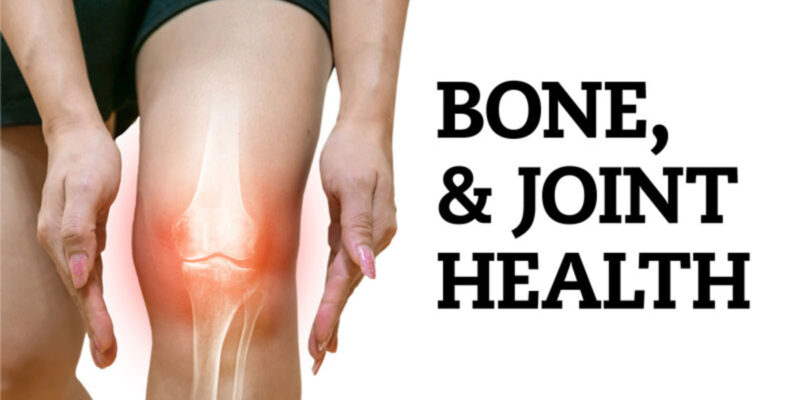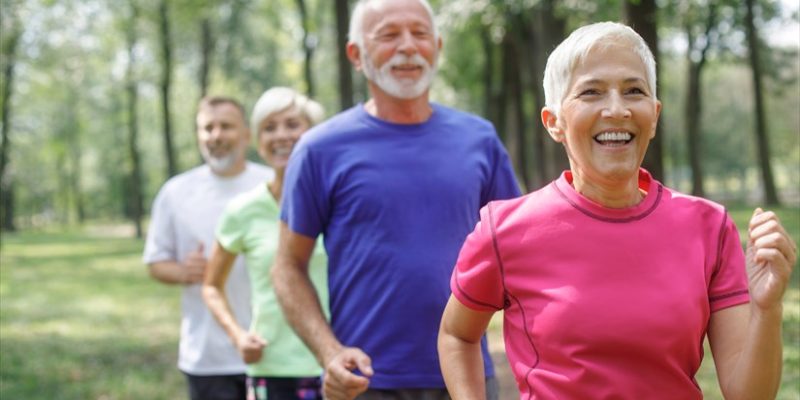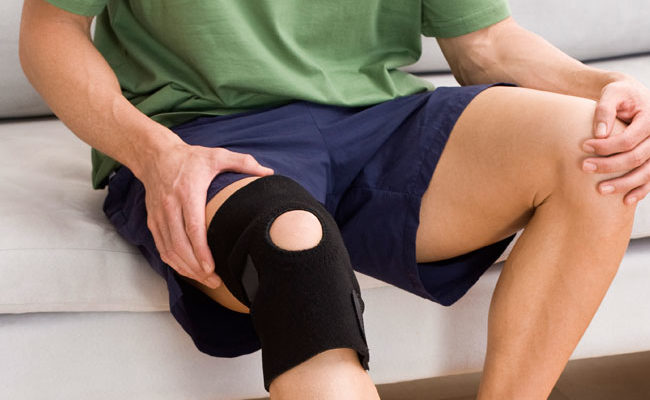Every October, the United States Bone and Joint Initiative promotes Bone and Joint Health Awareness Week. Their focus is on educating the general public about musculoskeletal (bone and joint) conditions.
Why October?
- October 12 – World Arthritis Day
- October 16 – World Spine Day
- October 17 – World Trauma Day
- October 19 – World Pediatric Bone and Joint (PB&J) Day
- October 20 – World Osteoporosis Day
Bone and joint diseases affect roughly 50% of the nation’s population. The disease presents itself in the form of arthritis in various kinds, Spondyloarthritis, osteoporosis, Metabolic bone diseases, Scoliosis, fractures, and muscle and ligament injuries and is a leading cause of chronic pain and physical disability worldwide for backs, knees, and hips. These conditions include everything from childhood conditions to advanced arthritic issues in elderly patients.
The Baby Boom generation started becoming eligible for Medicare beginning in 2011. The older we get, the more frequently we fall down and go boom while still leading increasingly healthy and active lives. One of the keys to the outreach program is prevention as part of joint and bone health.
How can you help keep your bones and joints healthy?
- Keep a healthy body weight – Additional weight can increase the stress on your hard-working joints.
- Physical activity helps maintain your bone density as you age.
- Exercise keeps your joints limber
- Improve your balance
- Make smart food choices rich in calcium and vitamin D which helps your body to absorb this essential nutrient.
- Seek medical advice for bone or joint pain, don’t wait until you are at crisis level. Your pain can be something simple but possibly a sign of a major health issue. The sooner you intervene the better.
- Live…but live cautiously
Globally, musculoskeletal conditions are the most common causes of severe long-term pain and physical disability. Thanks to improved medical care, we have a population throughout the developed world that lives longer. Along with the long life and increasing pain comes an increase in costs to treat the joint diseases which account for half of all chronic conditions in the elderly. In the United States alone, musculoskeletal conditions are a foremost source of disability, accounting for more than 130 million annual patient visits to medical professionals.
Forty percent of all women over the age of 50 years are expected to suffer at least one osteoporotic fracture in their lifetime. Traffic accidents account for as much as 25% of all health care expenditures in developing nations due to our increasingly mobile society.
If you are feeling symptoms indicating a musculoskeletal injury, it will save you time and money to go to an orthopedic specialist directly instead of seeing your primary care physician first, if your insurance coverage will allow this.
When to go straight to Dr. Allegra
- If a soft tissue injury has not shown improvement in 48 hours
- If you have chronic pain in the joints and bones, especially in the neck, knee, hips, elbows, and/or back
- Changes in range of motion and function in joints; pain, stiffness
- Unable to perform your everyday tasks because of your symptoms
- Change in posture
Dr. Marshall P. Allegra is a board-certified orthopedic surgeon in private practice in Monmouth County for over 25 years. As an experienced diagnostician, Dr. Allegra can expertly determine injuries, and then determine the best treatment options to return you back to your normal life, restoring functionality and range of motion as quickly as possible and avoiding long term implications.
Think well, live well, be well.









